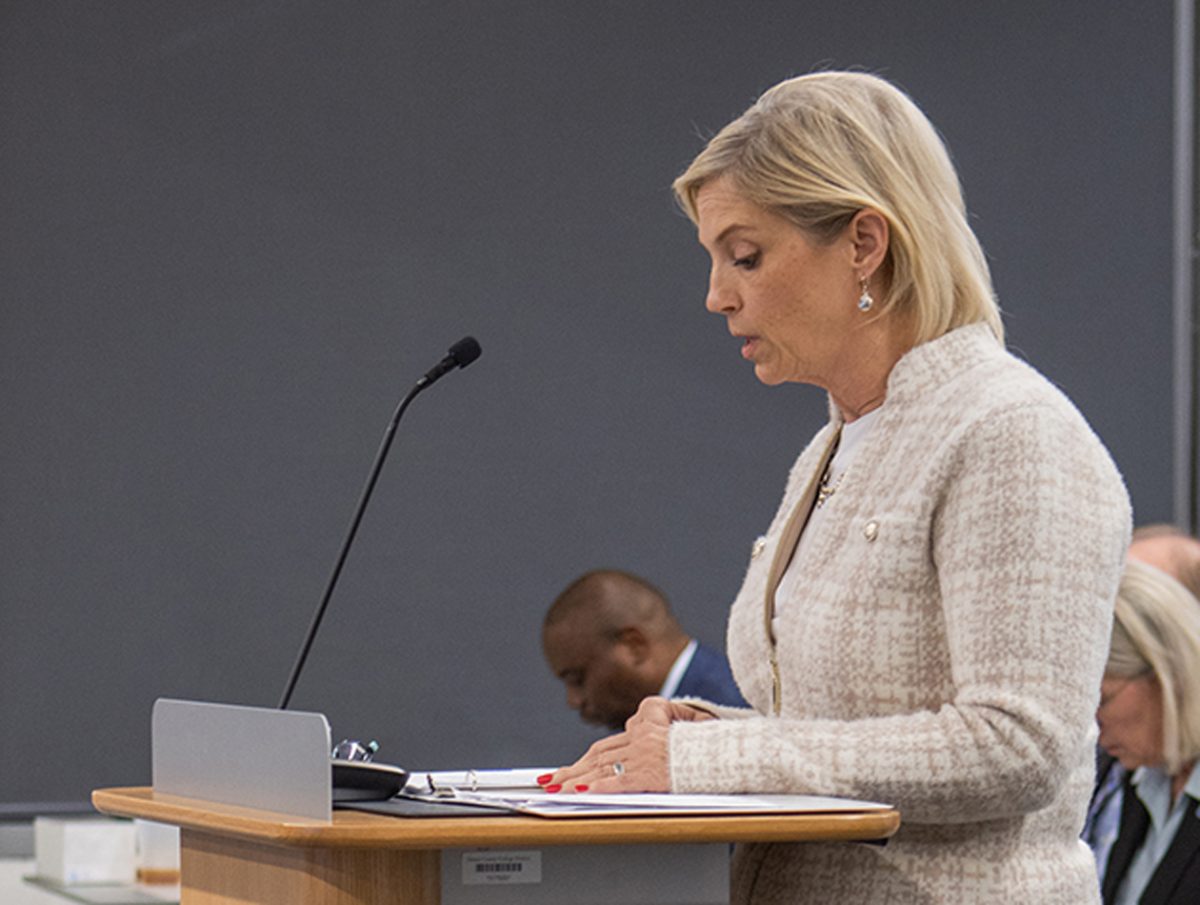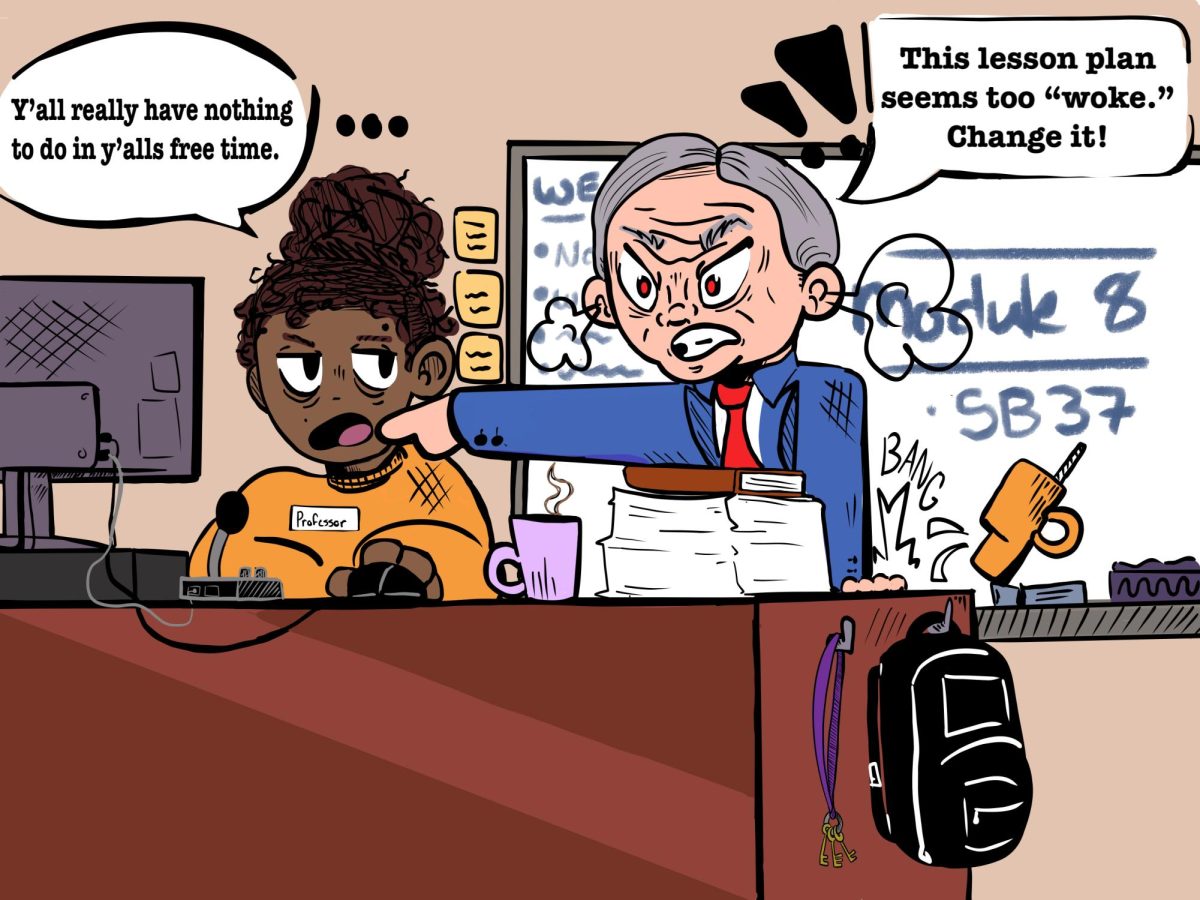Everyone knows that the American education system can’t compete internationally. It is common knowledge that we as a nation have fallen from a once-prestigious place at the top of the international educational hierarchy to the bottom of the barrel.
Right? Nope, that’s just wrong.
Tom Loveless, a former sixth-grade teacher, is a senior fellow for the Brookings Institution and author of the 2010 Brown Center Report on American Education, the government’s report card on where the U.S. stands internationally in the education of math, science and other key subjects. In his report, he takes a look at the “myth” of America’s ever-falling rank in international education.
The fact is we’ve been ranked low from the beginning.
The first test given to students internationally was done in 1964 to rank countries on math scores. The test was given to 13-year-olds in 12 different countries. We scored second to last.
The numbers released in the latest report in December ranked the U.S. 21st in science. As average as that seems, it is an eight-place improvement from our ranking of 29th in 2008.
Education in the U.S. is actually improving during a time when it’s hard to imagine any institution doing much besides making cuts.
Perhaps we should spend less money, time, attention and campaign promises bemoaning our low position on the educational totem pole and focus those resources on celebrating and recreating the programs and departments that have proved themselves.
It’s time to stop dreaming and put efforts into locating and recreating the reforms that have proved not only to be successful but also to be feasible and sustainable.
One thing can certainly be agreed on. Education is not going to sail out of the state Legislature’s budget-cutting storm resembling at all the vessel that sailed in. Cuts will be made, and some of those cuts will ultimately become the burden of students.
I simply hope that reforming the budget doesn’t halt what seems to be a hopeful trend for the future of a nation that is facing some pretty grim times.


























